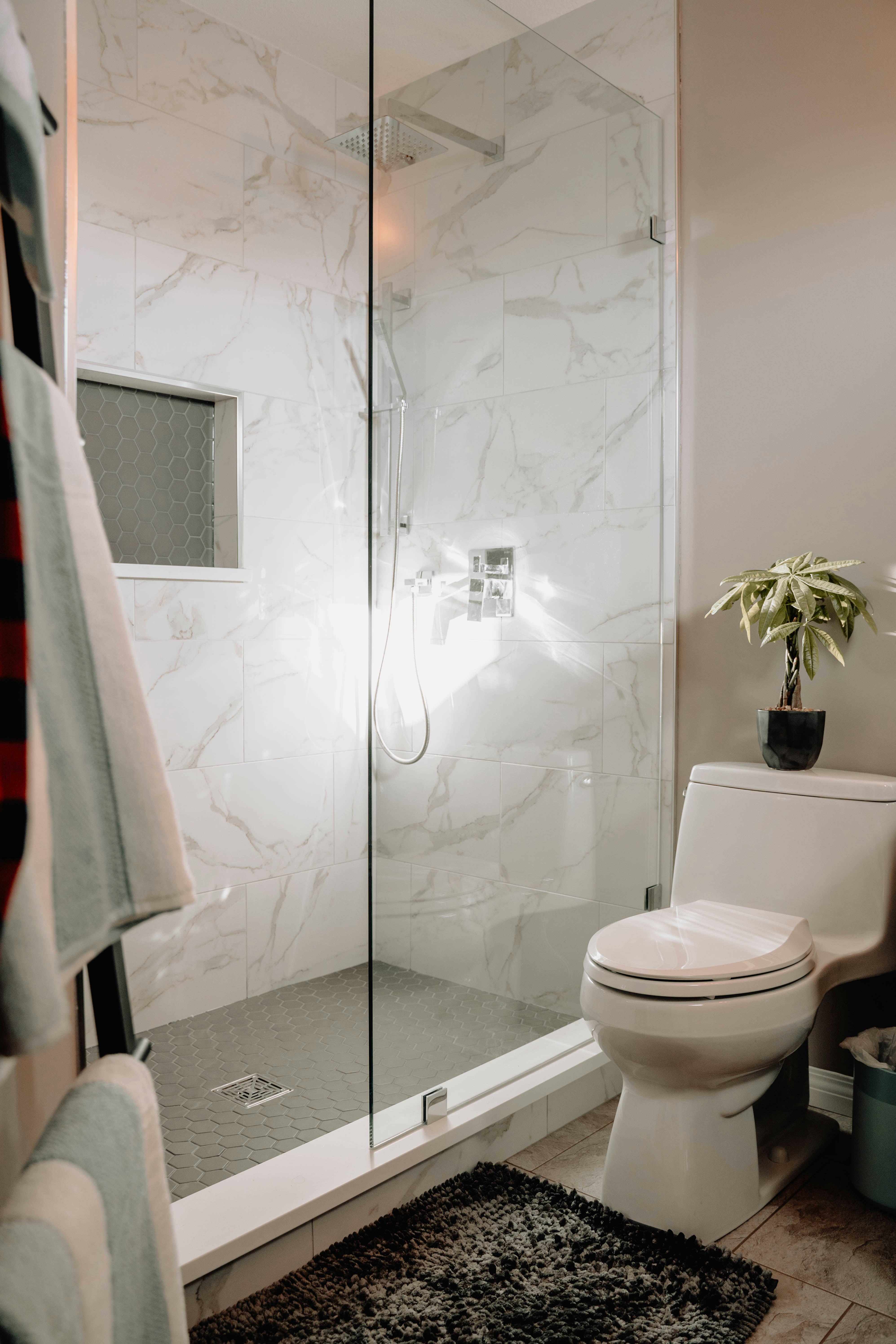How Septic Systems Work & Best Practices
A septic system is essential for processing and treating wastewater in rural or suburban areas where municipal sewer systems are unavailable. Understanding its components and functionality is crucial for maintaining system health, especially in storm-prone regions and areas affected by saltwater intrusion.

1. The Septic Tank
• Wastewater Flow: All household wastewater—from toilets, sinks, showers, and appliances—flows into the septic tank.
• Separation Process: Inside the tank, wastewater naturally separates into three layers:
◦ Sludge: Heavier solids settle at the bottom.
◦ Scum: Lighter materials, like grease and oils, float to the top.
◦ Effluent: The liquid layer in between, which flows into the drain field.
• Bacterial Breakdown: Anaerobic bacteria in the tank digest organic matter in the sludge.
Using BIOLOGIC SR2 powers bacterial activity, making them more robust against
environmental challenges like heavy rainfall, flooding, and saltwater intrusion. This
proactive approach helps prevent system failures and backups.

2. The Drain Field (Leach Field)
• Effluent Discharge: After the septic tank, liquid effluent flows into the drain field through perforated pipes.
• Soil Filtration: As effluent percolates through the soil, it is filtered and purified,
removing harmful bacteria, viruses, and nutrients before reentering the groundwater
supply. BIOLOGIC SR2 supports this process by optimizing bacterial performance,
helping the system handle storm-related impacts more effectively.
• Absorption and Evaporation: The soil absorbs and evaporates water, completing the treatment process and safely returning treated water to the environment.

3. System Maintenance and Common Issues
• Odor Issues: Strong odors, particularly hydrogen sulfide (H2S), indicate improper waste breakdown or a full tank, and high concentrations can pose health risks.
• Sludge Buildup: Without regular maintenance, sludge can overflow into the drain field, causing backups or system failure. BIOLOGIC SR2 can significantly reduce sludge accumulation, extending intervals between pump-outs.
• Pump-Out Frequency: Depending on system size and\ household water usage, your septic tank should be pumped every 3-5 years to avoid clogging or damage.

Best Practices for Maintaining a Healthy Septic System
• Limit Water Usage: Spread out laundry loads and fix leaks to avoid overwhelming your septic tank.
• Use Septic-Safe Products: Avoid pouring harsh chemicals, grease, or non-biodegradable items down the drain, as they can cause blockages and damage.
• Regular Inspections: Have your system inspected regularly to identify any issues early.

Signs Your Septic System Needs Attention
• Slow Drains: Slow draining in sinks or showers can indicate an overloaded or clogged septic system.
• Pooling Water: Water pooling in your yard, especially near the drain field, may signal system failure.
• Unpleasant Odors: Foul smells around the tank or drain field are warning signs that your system may need maintenance.
Enhance Your Septic System with BIOLOGIC SR2
Incorporating BIOLOGIC SR2 into your septic maintenance routine will not only improve overall performance but also prepare your system for storms, flooding, and saltwater exposure, reducing the risk of backups and protecting your home.
Saving the world one septic system at a time